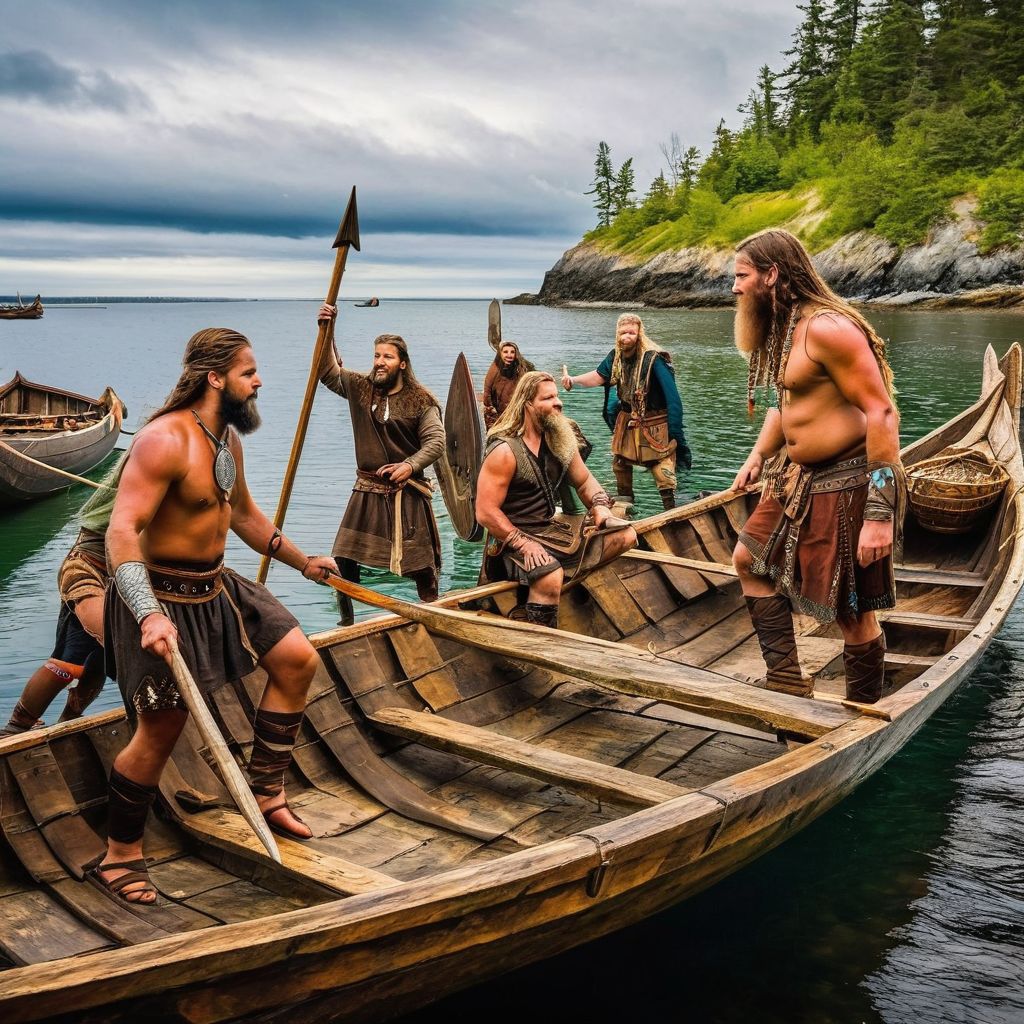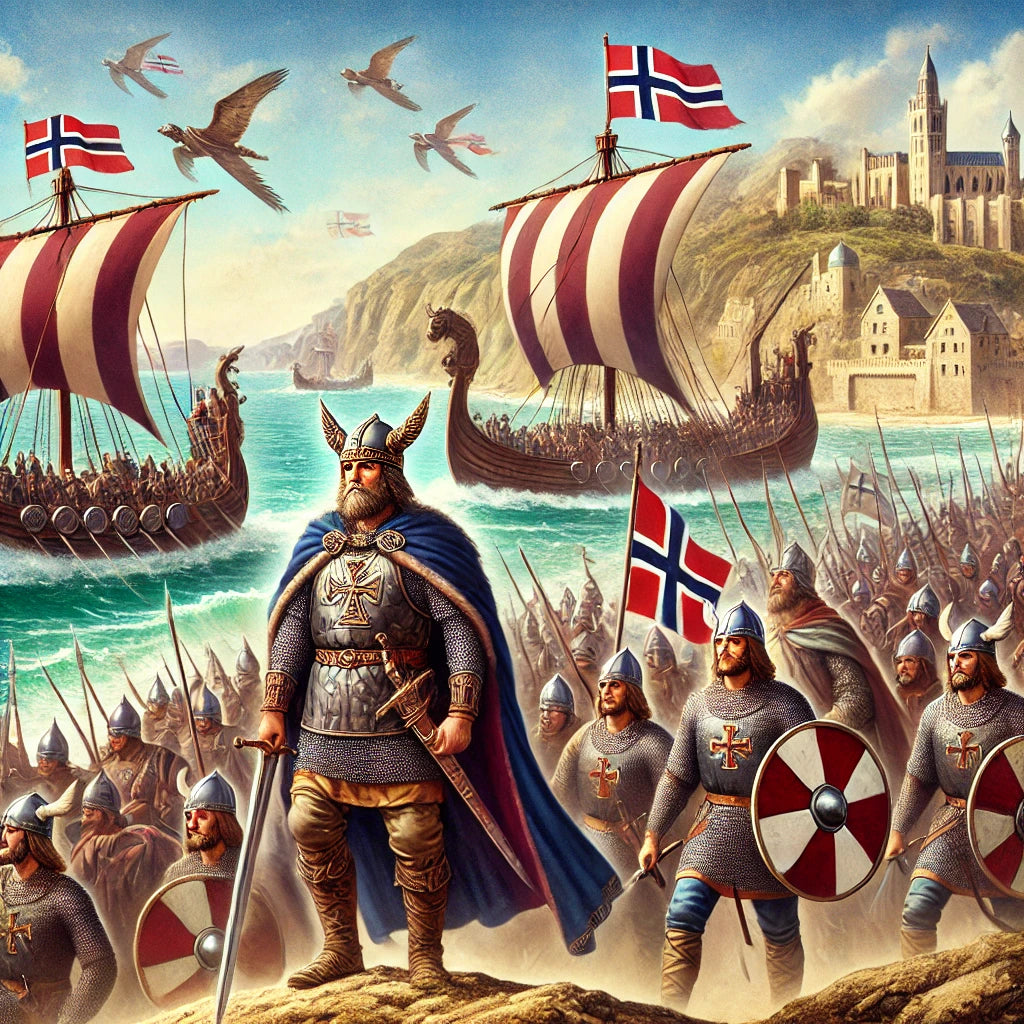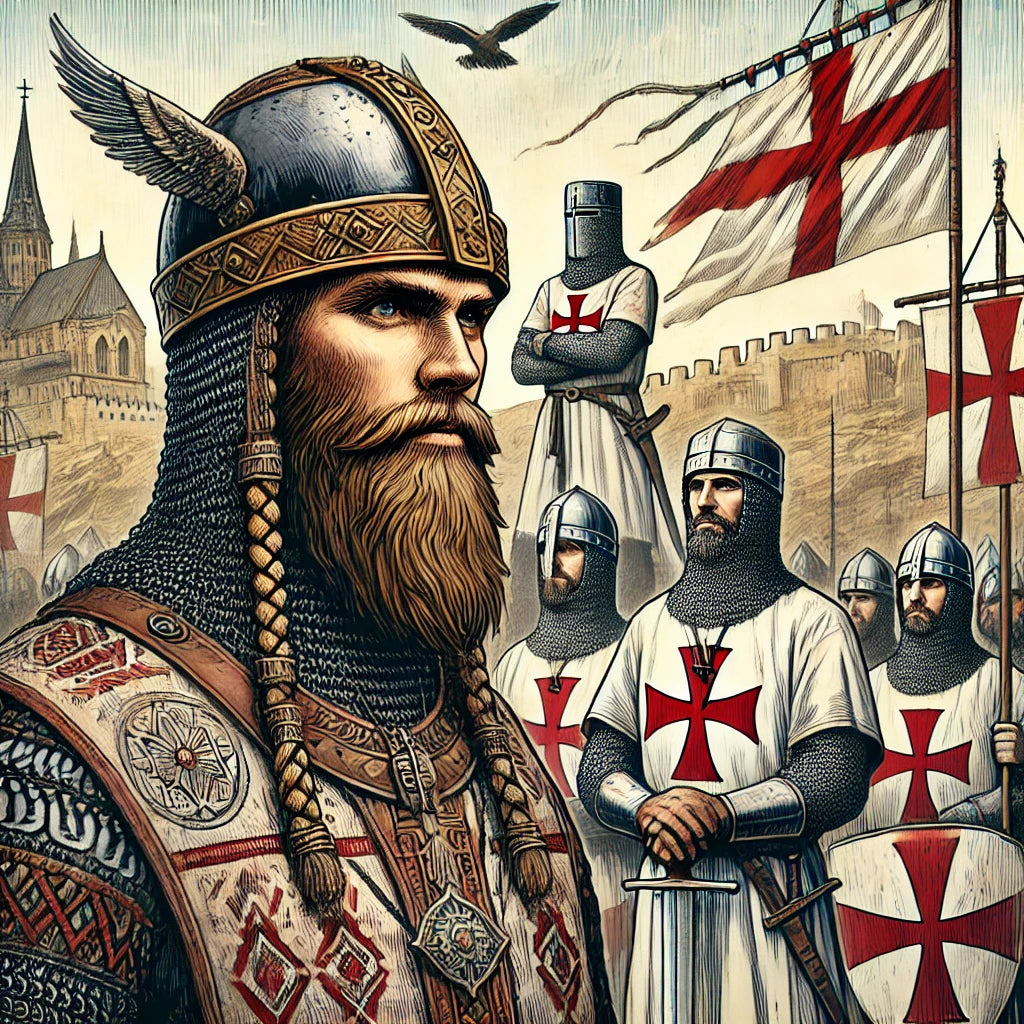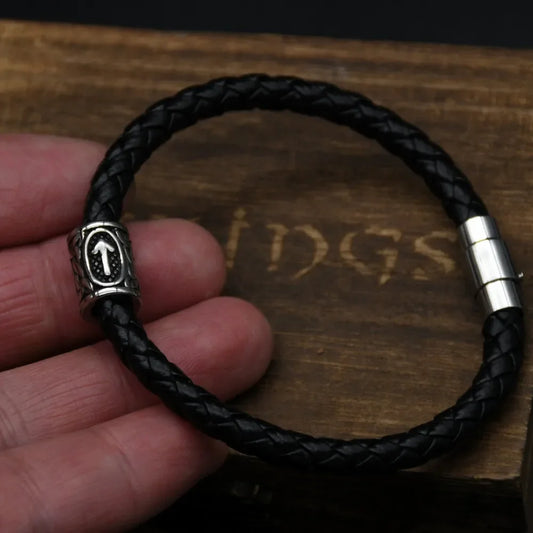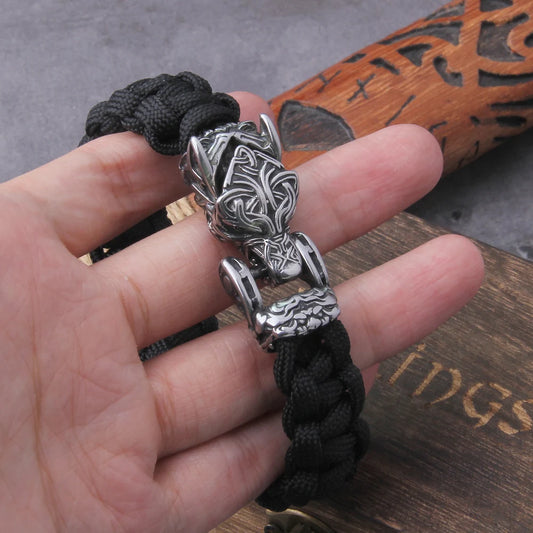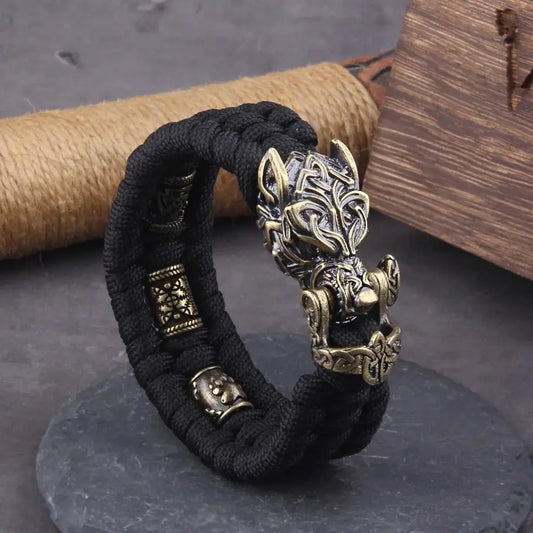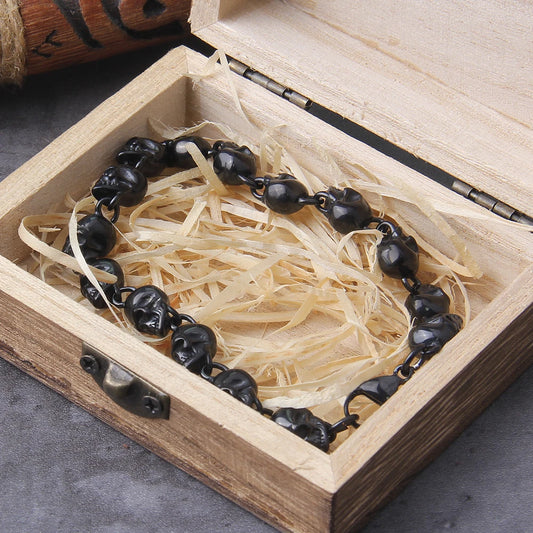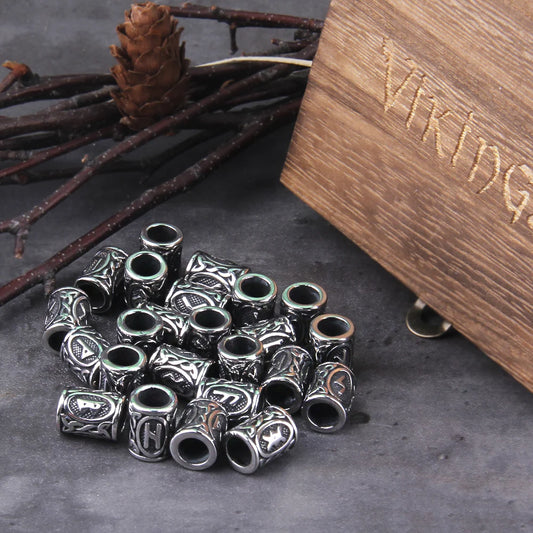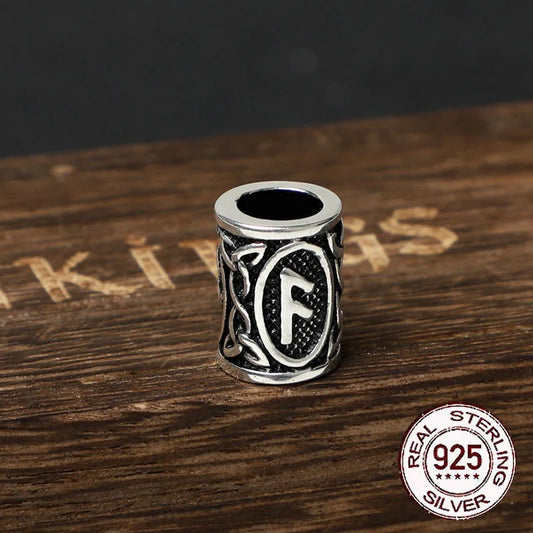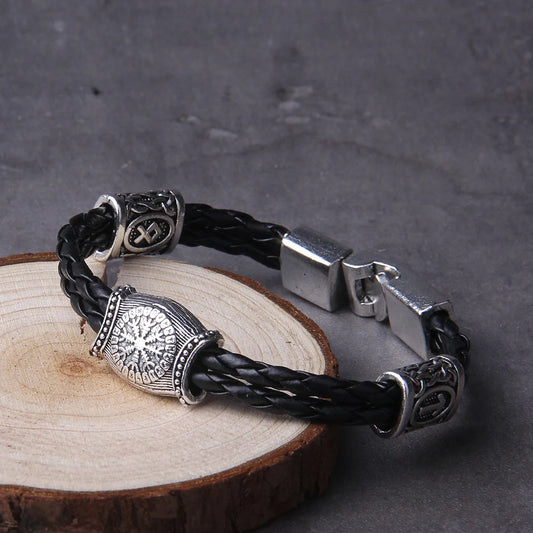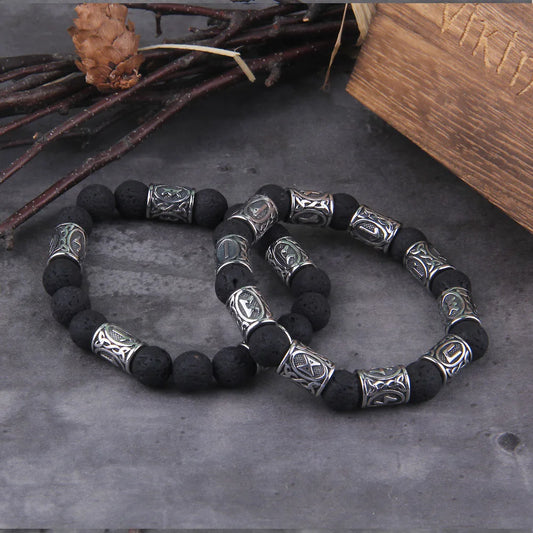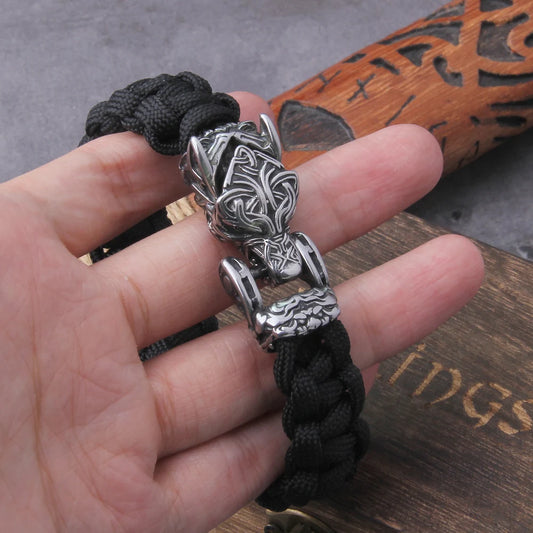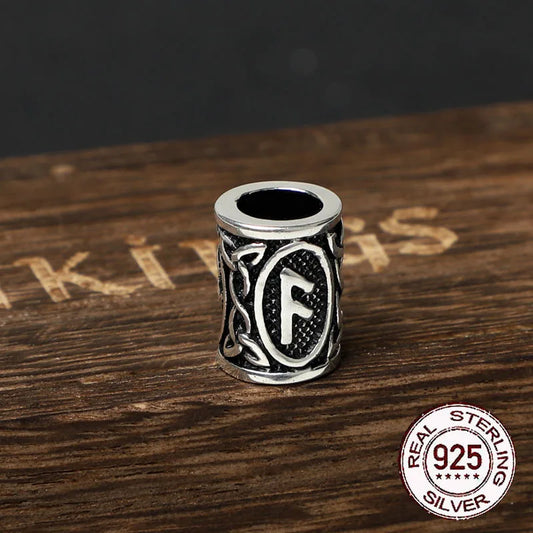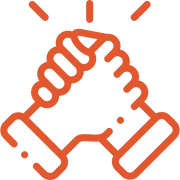Halfdan Ragnarsson (d. 877) was a Norse warlord during the Viking Age and was one of the sons of Ragnar Lothbrok, who along with his brothers Ubbe and Ivar the Boneless, led the great heathen army. It has been suggested that Halfdan is also known as Hvitserk, meaning "White Shirt".
The great heathen army came to England in a raid from the coast in East Anglia in 865. Halfdan is mentioned as one of the Viking warlords at the Battle of Ashdown on January 8, 871 where Alfred the Great led a Saxon army to victory against the Danish invaders.
One of six sons of Ragnar Lodbrok named in the Norse sagas, Halfdan's brothers included Bjorn Ironside, Ivar the Boneless, Sigurd Snake in the Eye, and Ubbe Ragnarsson.
Since Halfdan is not mentioned in any source at the same time as Hvitserk, some students have suggested that they are the same individual, a possibility reinforced by the fact that Halfdan was a common name among the Vikings and Hvitserk "white shirt" could have been an epithet or nickname distinguishing his name from the others.
Halfdan was the first Viking crowned king of the Viking Kingdom of York (southern Northumbria) and a pretender to the throne of the Kingdom of Dublin. He died at the Battle of Strangford Lough in 877.
History of Halfdan Ragnarsson
Halfdan was one of the leaders of the Great Heathen Army and warlord of London 871-872 where even coins were stamped with his effigy. In 865, he joined his brothers in the conquest of the kingdom of Northumbria.
According to the Norse sagas, this invasion was organized by the sons of Ragnar Lodbrok to take revenge on King Aella of Northumbria, who had thrown Ragnar into a pit of snakes in 865.
In the autumn of 865 the Great Heathen army arrived in East Anglia and spent the winter there. The following year, the army headed north and invaded Northumbria, which was in the midst of a civil war between Aella and Osberht, the claimants to the throne.
In late 866, the pagan army conquered the wealthy Northumbrian settlement of York. The following year Aella and Osberht join forces to retake York. However the attempt was a disaster and both lose their lives. With no clear leader, the Danes appointed a king, Ecbert, who would rule in their name and collect taxes for their army.
Later in 867, the pagan army moved south and invaded the kingdom of Mercia, capturing the town of Nottingham, where they spent the winter. The king of Mercia, Burgred, responded by allying with Wessex and King Aethelred who besieged the town. However the Anglo-Saxons were unable to recapture the town, but a truce was agreed where the Danes would withdraw to York, where they stayed for over a year, reinforcing themselves for future assaults.
The Danes returned to East Anglia in 869, this time intent on conquest. They seized Thetford, intending to stay there for the winter, but were confronted by an Anglo-Saxon army. The Anglo-Saxons were defeated and their king, Edmund was killed. Ivar and Ubbe were identified as the commanders of the Danes and the murderers of Edmund.
Following the conquest of East Anglia, Ivar apparently leaves the great heathen army. With Ivar in Ireland, Halfdan became the main commander of the army and in 870 led an invasion of Wessex. However, they withstood the attack and Halfdan accepted a truce from Alfred the Great, the new king of Wessex.
After this, the army retreated to London and they spent the winter of 871-872. They spent another two winters at Torksey and Repton respectively and finally in 874 conquered Mercia. Their king Burgred was replaced by Ceolwulf.
After this victory the army split in two - one led by Guthrum heading south to fight Wessex and the other half under the leadership of Halfdan heading north to face the Picts and Britons to the kingdom of Strathclyde. According to the Annals of Ulster, Eystein Olaffson, king of Dublin was killed in 875 by "Abann", a figure generally believed to be Halfdan.
His brother Ivar had reigned the city before his death in 873 and Halfdan's campaign was an attempt to regain the kingdom lost by his brother.
However Halfdan did not stay in Ireland and in 876 he and his troops returned to Northumbria. There they established an area parallel to the Kingdom of Deira with the northern part of Northumbria under Anglo-Saxon rule. Sources sometimes place Halfdan as King of York.
It seems that Halfdan's kingship of Dublin was not secure and he was deposed while in York. Halfdan returned to Ireland in 877 to attempt to recapture the city, but encountered an army that believed Halfdan should not reign Dublin and the Battle of Strangford Lough ensued where Halfdan perishes.
The survivors who fought alongside Halfdan returned to Northumbria by way of Scotland, where they fought to the death of Constantine I, king of the Picts. The Vikings of Northumbria remained without a king until 883, when Guthfrith was made king.

